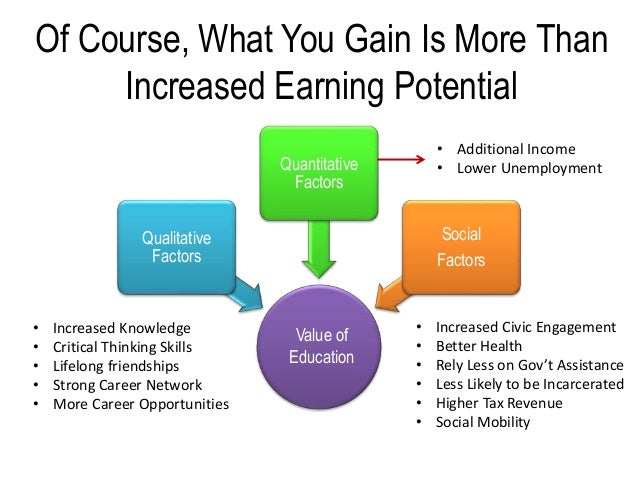

Some new research has also highlighted that intergenerational mobility appears to have taken a turnįor the worse right around 1980, when there was a sharp increase in various measures of cross-sectional inequality Research has also highlighted the wide disparities in mobility based on where children inĪmerica grow up. A keyįinding is that Black families experience much lower rates of upward mobility from the bottom of the incomeĭistribution, and much higher rates of downward mobility from the top of the income distribution, than similarly I then describe the research highlighting the sharp racial gap in intergenerational mobility. has one of the lower rates of mobility among advancedĮconomies. Mobility is lower than we used to think, and that the U.S. These newer studies suggest that intergenerational Researchers have used increasingly better data and methods. I start by showing how the consensus view on the degree of intergenerational mobility has changed as This brief summarizes some of the key findings from the research on intergenerational income mobility in the U.S. Similarly, if the intergenerational association in income is low, mobility is thought to be When the association is very high, intergenerational income mobility These studies typically measure the degree of the association of parents’ income to theirĬhildren’s income in the next generation. Status? An important way that researchers have approached this question is by studying intergenerational economic
Does every child growing up in the United States have the same chancesįor economic success or do parents’ economic circumstances largely dictate a child’s future economic In recent decades with the growth in inequality, Americans have become increasingly concerned about the degree ofĮquality of opportunity in American society.


 0 kommentar(er)
0 kommentar(er)
